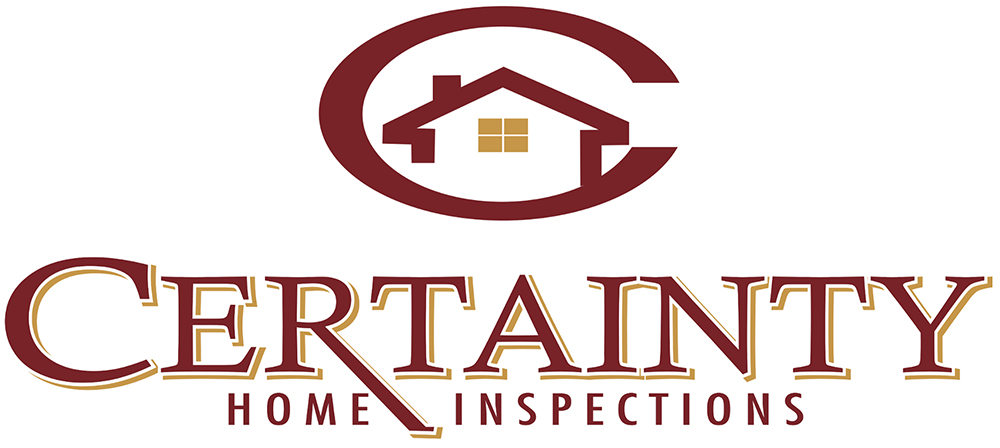Few things evoke cozy comfort like a crackling fire on a chilly evening. But behind that inviting warmth lies your chimney, which requires diligent care. Proper chimney maintenance preserves efficiency and is a critical fire safety measure that protects your home and family. Failing to maintain your chimney and fireplace system can lead to significant risks, including hazardous chimney fires and carbon monoxide poisoning. By confidently understanding and implementing a routine of professional and personal chimney maintenance, your fireplace remains a source of joy, not a hazard.
Why Professional Chimney Maintenance is Necessary
The most important rule of chimney maintenance is scheduling a yearly inspection and cleaning. This task is not something to delegate to a general handyman; it requires the specialized expertise of a certified chimney sweep. The primary reason for annual cleaning is the removal of creosote, a highly flammable residue that forms as wood smoke cools and condenses inside the flue. Creosote builds up in layers; thin, powdery layers are manageable, but thick, tarry deposits create an extremely volatile fuel source that easily ignites, leading to a dangerous chimney fire. A professional chimney sweep uses specialized brushes and vacuums to remove the buildup safely. The sweep’s job extends beyond scrubbing as they perform a thorough Level 1 inspection, checking the structural integrity of the chimney, the firebox, the damper, and the flue lining. They look for subtle signs of damage, such as small cracks in the liner, which, if left, could allow heat and flames to escape into the home’s framing. They also check the chimney cap for damage and the roof flashing for leaks. This detailed inspection is crucial for preventive chimney maintenance.
Understanding the Importance of the Chimney Cap and Crown
Two vital components often overlooked in regular chimney maintenance are the chimney cap and the crown, both of which serve as the first line of defense against the elements. The chimney cap, located at the very top of the chimney, prevents rainwater and snow from entering the flue, which is essential because excess moisture deteriorates the flue lining and chimney structure, leading to costly masonry repairs. The cap also includes mesh screening that keeps out pests that create fire hazards and blockages. The chimney crown is the sloping concrete slab that sits atop the masonry portion of the chimney, sealing the top of the chimney walls around the flue liner. Over time, freezing and thawing could cause cracks in the crown. These hairline fractures allow water to seep into the brickwork and interior structure, accelerating decay. A professional during a routine chimney maintenance check will easily spot these cracks and recommend a sealant or repair before extensive water damage occurs.
Chimney Maintenance: Simple Daily Habits
While the annual professional service is critical, adopting simple daily chimney maintenance habits could also improve safety and performance. The type of wood you burn directly affects creosote buildup, so only burn seasoned hardwoods, wood that has been dried for at least six months to a year. Green or damp wood burns inefficiently, creating excessive smoke and moisture, which rapidly increases the formation of creosote. Avoid burning trash, cardboard, or painted wood, as these materials release dangerous fumes and may burn too hot, too quickly. Always check that the damper is fully open before lighting a fire to allow smoke and gases to exit properly.
Once the fire is completely out and the ashes are cool, close the damper to prevent conditioned air from escaping the house. Before lighting the next fire, confirm the damper is open again. This simple check is a non-negotiable part of the burning season. Finally, never let ash pile up in the firebox, as it may block the necessary airflow. After the ashes have cooled completely (which may take a day or two), scoop them into a metal container with a tight-fitting lid and store the container outside on a non-flammable surface, away from the house. Even seemingly cool ashes may harbor embers that could reignite hours later. Confident management of the entire fireplace process is what makes chimney maintenance successful.
Frequently Asked Questions (FAQs)
How often should I have my chimney inspected?
The Chimney Safety Institute of America (CSIA) recommends that chimneys serving wood or pellet stoves, or fireplaces, be inspected at least once every year.
If I only use my fireplace occasionally, do I still need annual chimney maintenance?
Yes. Even if you only burn a few fires a year, an annual inspection is necessary to check for moisture damage, structural wear, pest infestations, and blockages that may occur year-round, regardless of usage.
Can I use chemical chimney cleaning logs?
Chemical cleaning logs help reduce some creosote buildup, but they are not a substitute for mechanical cleaning by a certified sweep. They work best as a supplement to professional chimney maintenance.
What is a safe amount of creosote buildup?
Any creosote buildup over 1/8 of an inch is generally considered a fire hazard and warrants immediate professional cleaning. Your chimney sweep will accurately measure and remove any unsafe buildup.
Certainty Home Inspections offers professional home inspections to homeowners and homebuyers in Kentucky and Indiana. Contact us to schedule an appointment for our services.
